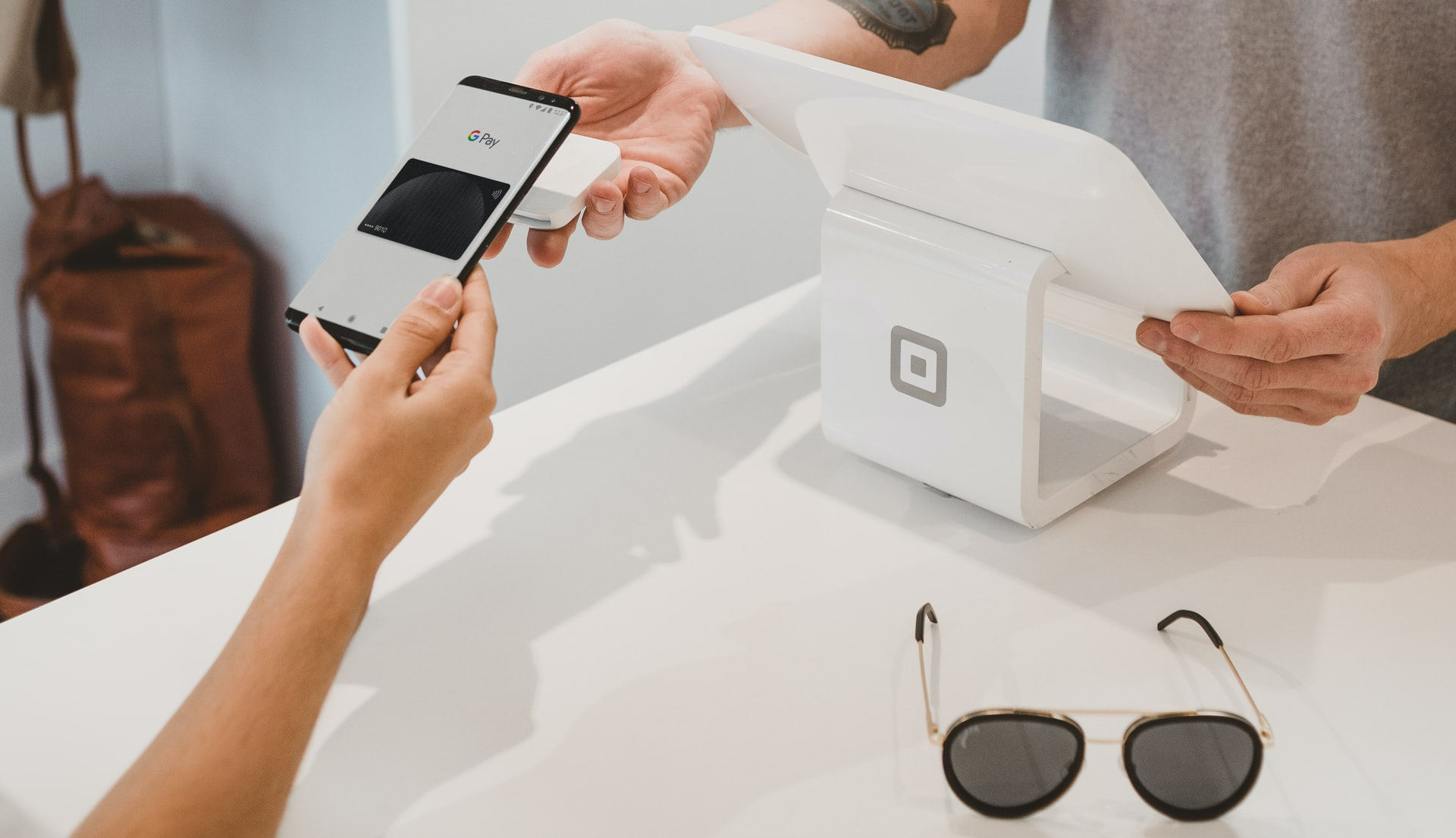With safety concerns and complex health workarounds not going away anytime soon, the pandemic’s immediate cultural legacy is that of creative solutions and accelerated digitization. In the payments space, this has meant changes in leaps and bounds, with a focus on solutions prioritizing safety, speed, and convenience.
By: Sesie Bonsi, Bleu
To minimize or negate physical contact altogether, cards and cash, in particular, were forced to take a step back — so much so that Gartner made the bold prediction that by 2024, global cash circulation would reduce for the first time after decades of continuous growth.
As this happens, which innovation in contactless payments will step up to fill the gaps? While offering a mix of options will be key to vendors’ success, let’s explore why Bluetooth payment solutions are the best fit to meet the needs of modern consumers.
Mass scaling through existing infrastructure
The overwhelming preference for payment methods that don’t require touching card readers, manually entering PIN codes, and tapping screens have become anchored in today’s consumer behavior. While QR codes, near field communication (NFC), and Bluetooth are bound to benefit, they all offer varying levels of inclusion and scalability.
Both QR codes and NFC require internet access — with the World Economic Forum suggesting that during the Covid-19 pandemic, almost half of the global population had no internet connection.
QR codes gained particular traction in the second half of 2020, but ultimately, they need both a good camera and online connectivity to deliver. NFC, the system that powers contactless payments via digital wallets — as well as contactless cards — relies upon technology that only comes standard in a fractional amount of devices available, inherently excluding users that don’t necessarily own the latest Apple, Samsung, or Google smartphone.
It's predicted that by 2024 there will be 1.6 billion NFC-enabled devices in use. However, that figure is nearly five times smaller than the number of Bluetooth-enabled devices currently in circulation. With fewer technical requirements and Bluetooth Low Energy technology, it has the potential to introduce easy payment solutions to people across geographies, demographics, and even social classes.
Convenience through the roof
In an era of social distancing, QR codes emerged as the go-to solution to conduct contactless payments and allow customers to access formerly purely physical documents, like restaurant menus. However, their main problem is all the extra steps a customer has to take to complete a purchase. With some proximity needed to carry out the scanning, and reliance on speedy transfers and websites, fintechs are turning toward more efficient solutions. After all, enablement isn’t the only goal anymore — it’s the frictionless, easy checkout experience.
NFC rollout solves some of these problems, but the technology still falls short because it is currently expensive, inefficient, and can present cybersecurity threats. Computer and phone hacking, as well as scams, could be a potential threat. With Bluetooth, payments fraud is less of a concern: Rather than operating on the internet, it utilizes short-wavelength ultrahigh-frequency (UHF) radio waves, and is less prone to hacking.
Overcoming notorious challenges
While the only limitation of Bluetooth is transmitting through large bodies of water — such as in aquariums, innovation has the answer to that as well. By ping-ponging the signal through a setup called Bluetooth mesh, it’s possible to establish a solid network even in scenarios where signals have to navigate their way around impenetrable solid objects.
For example, we have all probably experienced difficulties while trying to access data when attending mass events such as concerts or football matches. This is because the sheer amount of users overwhelms the signal tower, making it difficult — if not impossible — for organizers to create complex mobile experiences throughout the venue. Payment technologies dependent on the internet can become useless, but not when reliant on Bluetooth. Mesh can help bounce transactions off other people’s devices to reach the network, meaning that the more users connect, the more stable the network gets.
As we take another leap towards mobile payments, merchants need to prioritize interoperability, supporting a variety of options. By understanding that Bluetooth will inevitably gain a strong position in the market, vendors should plan their payment strategy accordingly, future-proofing their infrastructure for the years to come.


